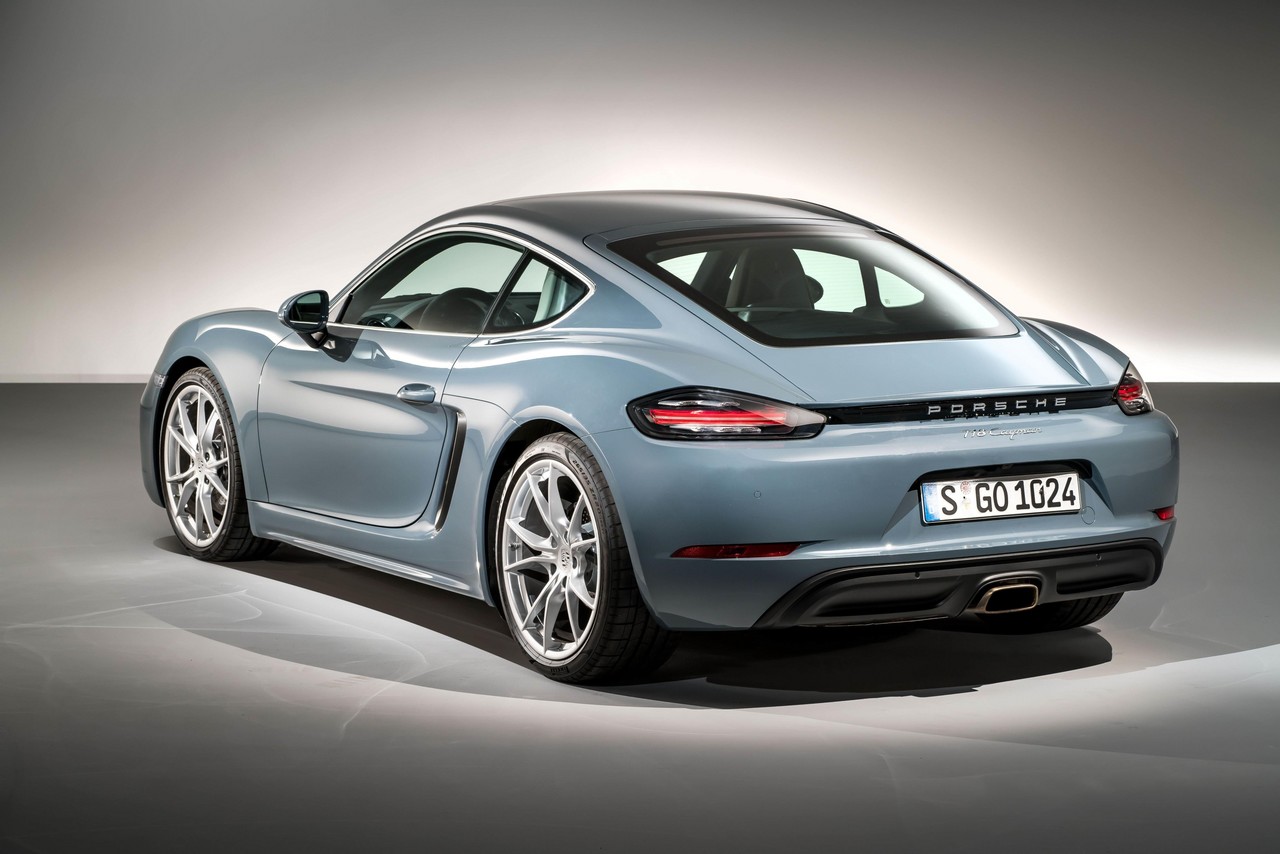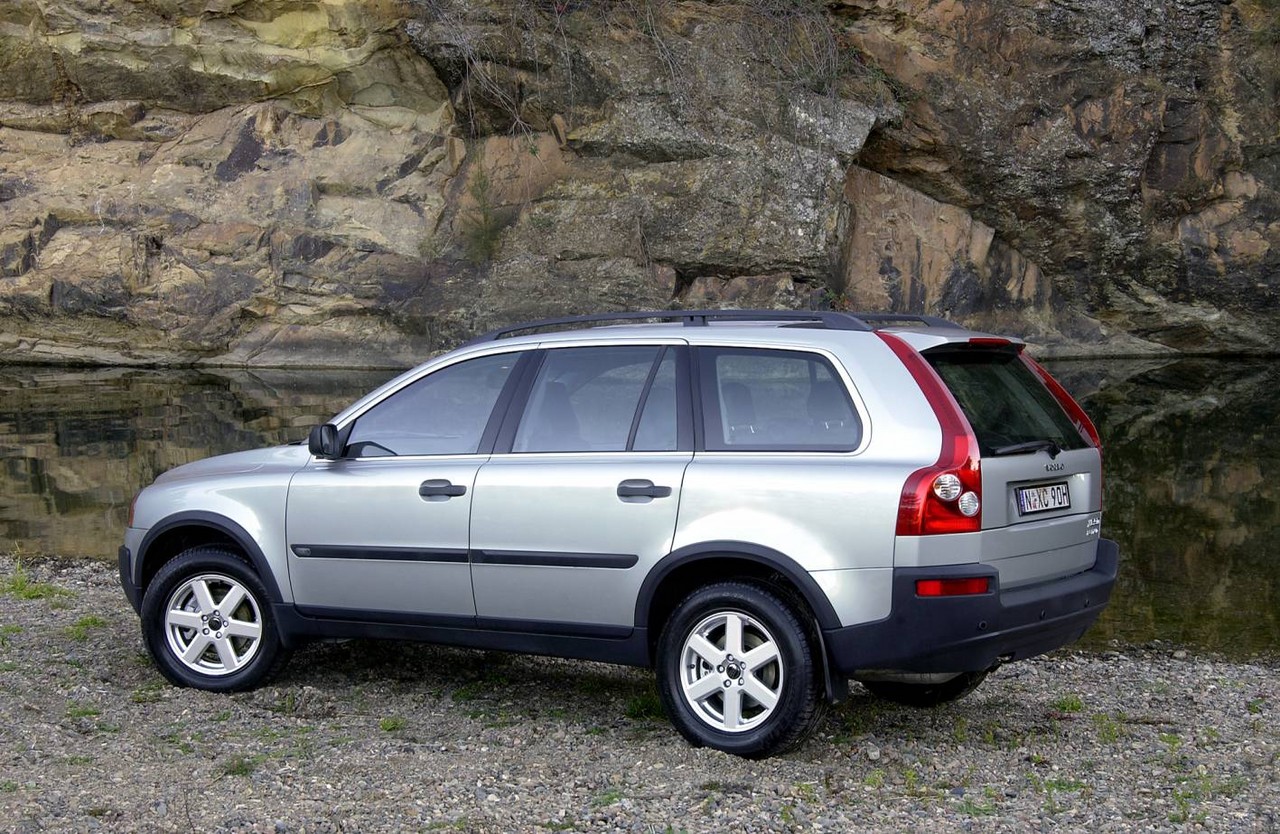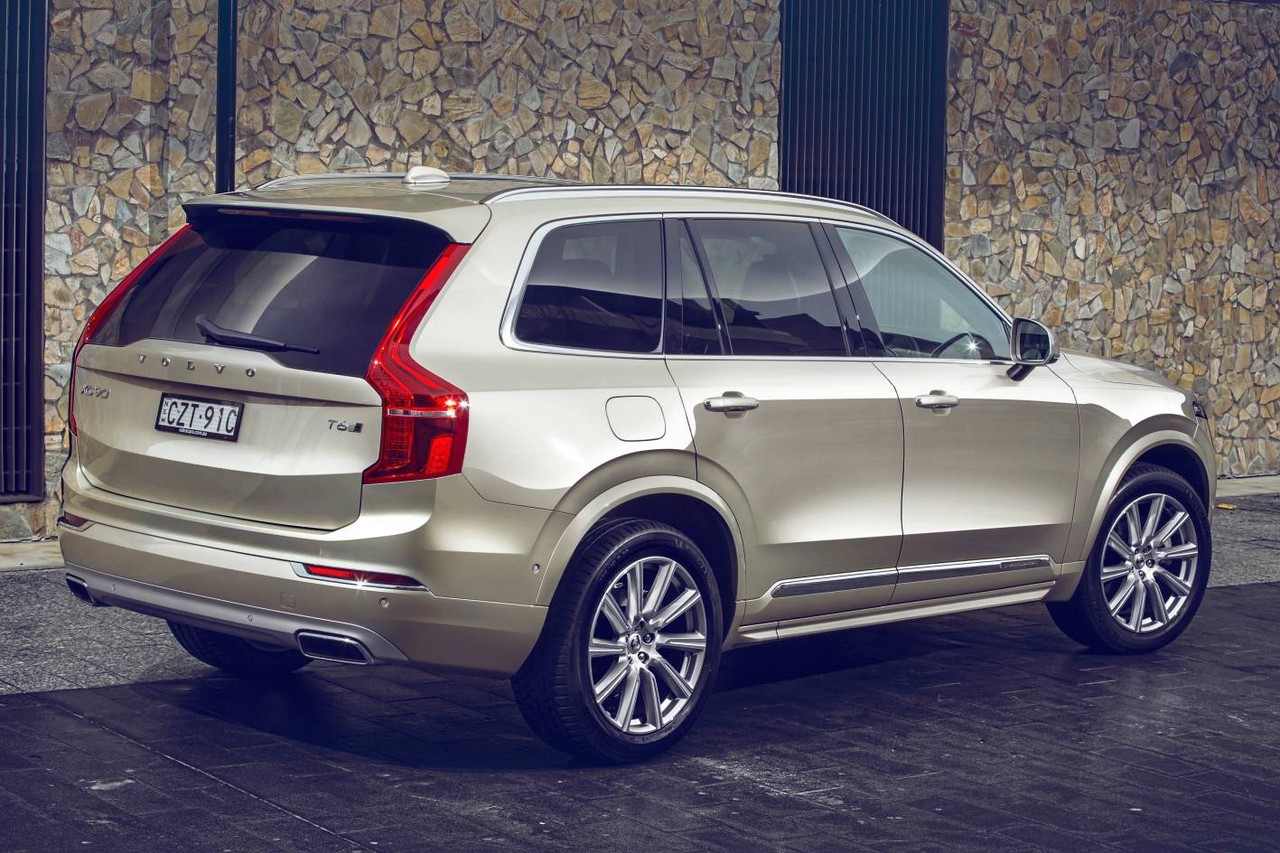Images: HSV E-Series ClubSport (2006-13)
Released in August 2006, the HSV E-Series I (E-I) ClubSport R8 was initially available as a performance sedan. Manufactured in Elizabeth, South Australia, and finished by HSV in Clayton, Victoria, the rear-wheel drive E-Series ClubSport R8 was initially powered by a 6.0-litre LS2 V8 petrol engine that was mated to either a six-speed Tremec T56 manual or six-speed 6L80E automatic transmission. In April 2008, however, the LS2 engine was replaced by the more powerful 6.2-litre LS3 unit and, in October 2008, the Tremec T56 six-speed manual transmission was replaced by the TR6060 unit. In December 2008, the ClubSport R8 Tourer (wagon) was released… Read full HSV E-Series ClubSport review
Images: HSV E-Series II ClubSport (2009-10)
Released in September 2009, the HSV E-Series II (E-II) ClubSport R8 introduced improved fuel economy, additional features and updated styling. Specifically, the HSV E-II ClubSport could be identified by its daytime LED running lights, new alloy wheel designs and twin-nostril bonnet. Other changes included a ‘Competition Mode’ for the electronic stability control system, ‘Extended Cruise Control’ with speed-limiting function for downhill driving and, for manual models, ‘Intelligent Launch Control’. Standard features, however, were largely unchanged.
Images: HSV E-Series III ClubSport (2010-13)
Released in September 2010, the HSV E-Series III (E-III) ClubSport R8 introduced an updated interior with additional features. Furthermore, the 6.2-litre V8 engine was available with a dual-fuel liquid propane injection (LPI) system which provided identical performance to the petrol-only V8. The LPI engine would start on petrol but switch to LPG for low and mid-range driving; from approximately 5300rpm – depending on conditions – the engine would revert to petrol for full power. Inside, there was a new ‘Oracle’ dashboard with binnacle gauges and piano black trim on the centre console and steering wheel; there was also an ‘Enhanced Driver Interface’ with a touch-screen display that could provide performance data. A flatter rear spoiler also improved rear visibility.

































